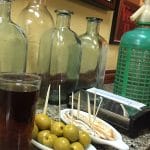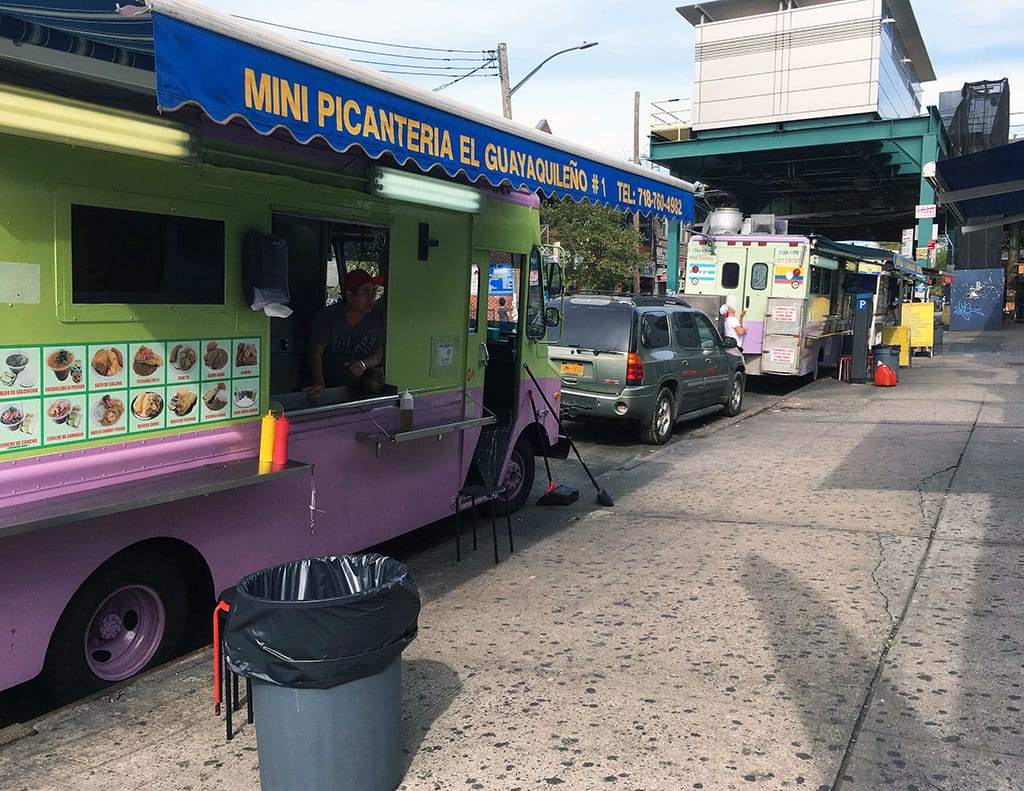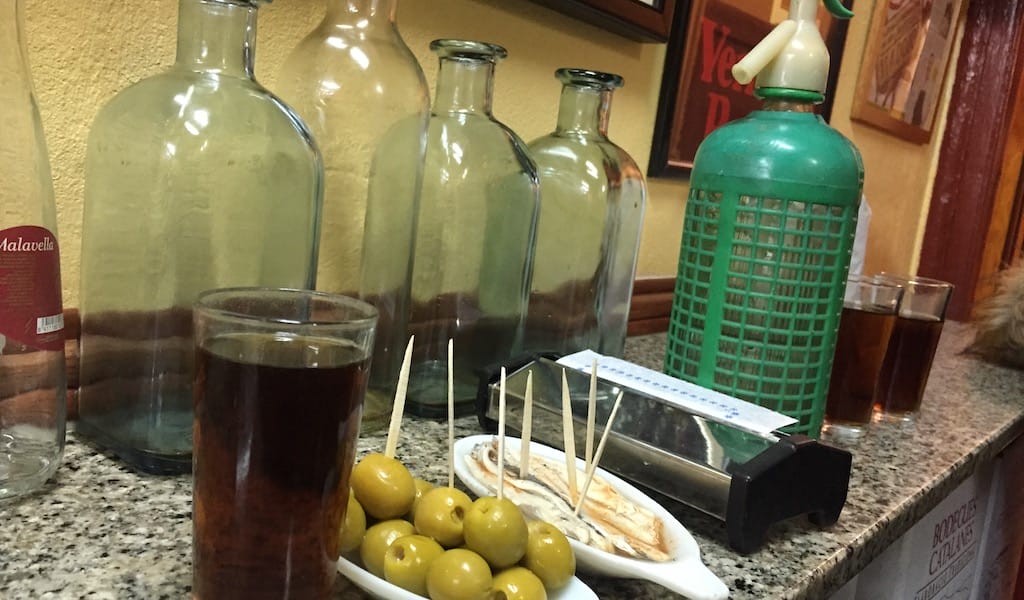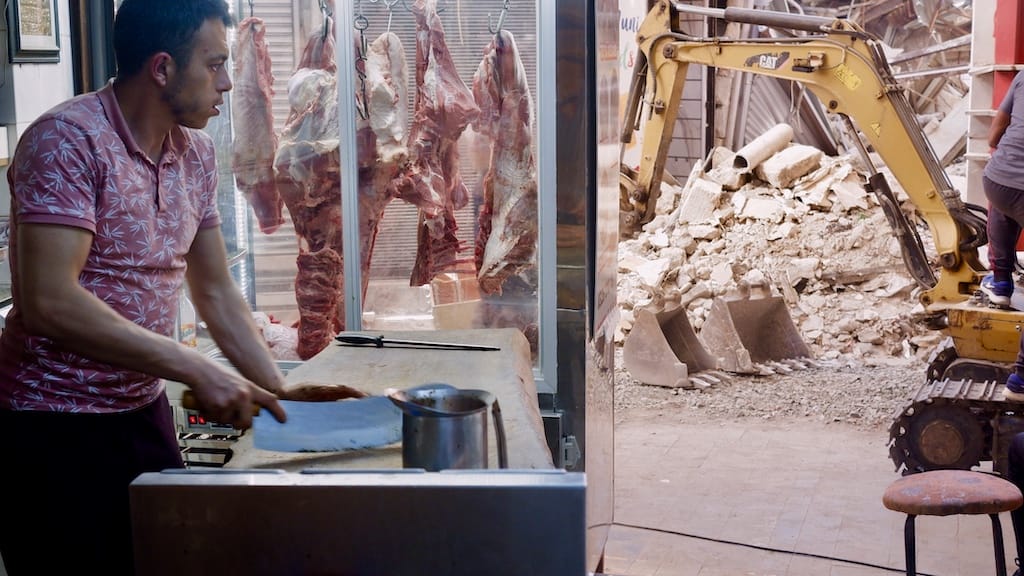Though Paris is littered with brasseries boasting classic French cuisine, Marseille lacks restaurants that solely specialize in our traditional fare – a mix of Provençal garlic, tomatoes, and olive oil and the freshly caught delights of the Mediterranean. When we lamented this at a dinner party the other night, a woman chimed in, “What about Paule et Kopa?” We had never heard of it despite its central locale. She raved that the supions à la provencale (garlic, parsley squid) were the best in the city. Then continued, “but I rarely share that for fear it will lose its simple charm.”
We made a beeline there the next day.
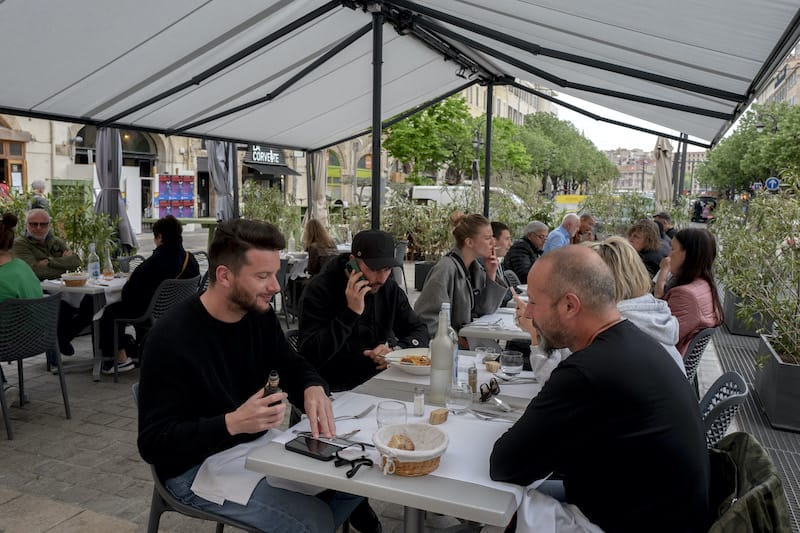
To start, we split a moitié-moitié, a half anchovy, half cheese pizza, the Marseille standard – a surefire way to test the merits of a pie. (It was fantastic.) We continued with the supions, confirming that the deliciously caramelized squid were indeed a standout. Following the lead of the adjacent table, we ordered a sôcisse de marseillais, sausage flavored with fennel and Épices Rabelais made by a local butcher. “Good choice,” said the man beside us, sharing that he lunches here every Saturday with his wife. Another good sign…and further confirmation we had found our brasserie marseillaise.
Fittingly, Paule et Kopa is in the historical heart of the city. The Place aux Huiles was once a canal on which olive oil was transported to the nearby savonneries (soap-making factories) from the boats docked at the Vieux-Port. Now, it is a lively pedestrian area loaded with bars and restaurants. Initially Paule Garagnon, the sparkling-eyed chef, didn’t want to be in the busy city center. But, Kopa Sidibe, her husband who never seems to stop smiling, loved the bustling location.
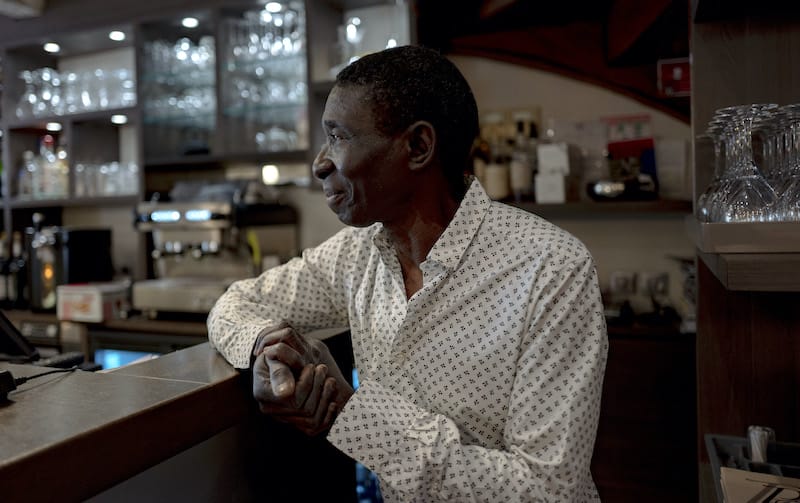
The couple met in 1987 at a restaurant owned by a Marseille culinary legend, Etienne Cassaro. His iconic pizzeria was actually where Paule got her start (talk about tradition – her sister-in-law has been waiting tables there for over 60 years!). Born in the Grands-Carmes neighborhood, the Marseillasie knew at a young age she’d work in food. “I told my mom I will end my days in a restaurant,” she winks. Her dad would add, “she cooks better than you,” to his wife’s chagrin. Meanwhile, Kopa – who dreamed of living in France as a child – moved here from Senegal at age 18.

Both were working the front of the house until the restaurant’s chef left. Kopa convinced Paule to take his place. “Her cooking was too good to not share,” he smiles. The couple got hired to run the poolside restaurant at the posh La Cadenelle gated community for a decade. When Kopa saw an ad in the paper about this Vieux-Port location, they took the plunge. The entire interior had to be redone save for the charming stone walls from the building’s past as an 18th century ammunition stockyard. Stumped for a name, they started off with Paule et Kopa, since everyone knew the affable Senegalese by name.
Both were working the front of the house until the restaurant’s chef left. Kopa convinced Paule to take his place. “Her cooking was too good to not share,” he smiles.
They still do, and we witness customers greeting Kopa with a fist bump as they arrive. Within seconds of sitting down, he or a fellow staff brings over a dish of jet-black tapenade. So common in Marseille it can be an afterthought, here, the olive, caper, anchovy spread is transcendent. Paule’s secret? “A bit of mustard, a bit of thyme…and I don’t use garlic,” she admits, to avoid the bitter aftertaste when it sits too long.
Her menu could be made into a cookbook of classic Marseille cuisine. Slow-simmered dishes in cocottes like daube de boeuf (beef stew) and pieds pacquets. Fans of the latter, a dish of stuffed tripe and pig’s feet, claim they’ll only order this classic here. We like the légumes farcis, sausage and meat-stuffed peppers or tomatoes, when we’re craving comfort. Linguini tossed with poutargue, dried red mullet roe, or pistou in the summer are also hits. The Marseillais’ penchant for pasta is a biproduct of the city’s centuries-long influx of Italians.
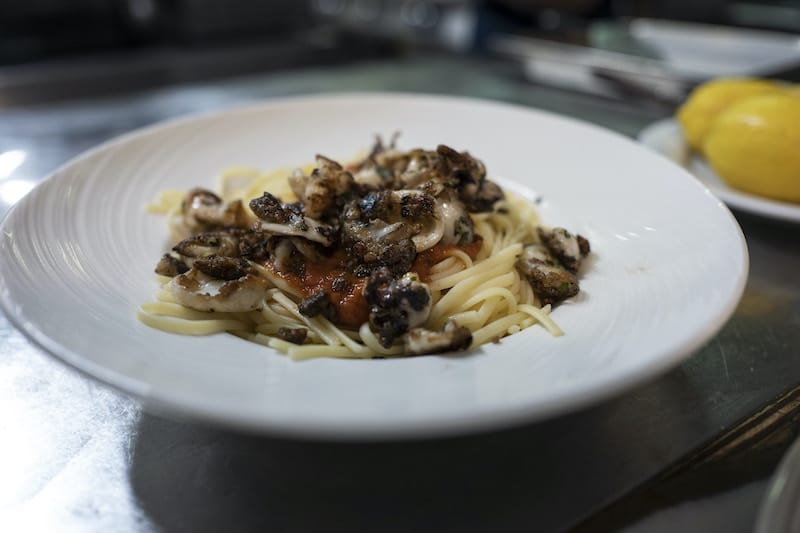
For starters, try the salade du poulpe (octopus salad) or the brochettes de moules, breaded mussels, cheese and ham skewers that Paule ate as a kid. Make like a Marseillais and order an appetizer pizza for the table. You can thank Paule’s brother, the pizzaiolo, for the flavorful sauce and deliciously charred crust, which has the taste of a wood fire despite being made in an electric oven.
The “tout est fait maison” (everything made in house) motto extends to the desserts. Many tables opt for the mousse au chocolat. Since we tend to fill up on Paule’s generous portions, we’re partial to the délices à la brousse et limoncello, a light-as-a-cloud lemony mousse made with a goat’s milk ricotta that helms from the region. Without us asking, the waiter kindly brings us two spoons for sharing. Kopa shares that most of the staff have been with them since the start, a rarity in Marseille where turnover is high.

This is thanks to Paule and Kopa’s passion for what they do. “If I didn’t love this work, I’d be doing something else,” admits Kopa. Paule, however, has started to slow down. After two knee surgeries, the septuagenarian now cooks at lunch only. Midweek, the restaurant fills with nearby businessmen. At night and weekends, the ambiance is convivial with tables of families and friends. Regulars rub shoulders with some tourists (“the good kind,” assures Paule). Each one eager to discover – and preserve – Marseille cuisine.
Published on April 27, 2022
Related stories
June 5, 2017
QueensOn our culinary walk in the borough, you'll quickly realize that Queens is not just a paradise for different ethnic cuisine but also for street food! Approach with an empty stomach.
November 4, 2019
Barcelona | By Culinary Backstreets
BarcelonaOn our Made in Catalonia walk, we partake in Barcelona’s beloved vermut tradition, symbolized by colorful, 1960s-era carbonated water siphons. Since the end of the 19th century in Barcelona, this ritual – a fresh drink accompanied by tapas composed usually of preserved food, cold cuts, cured or marinated fish or seafood – has been a…
April 28, 2023
IstanbulIn the main hall of Antakya’s bus station terminal, there are deep cracks in the walls, rubble litters the floor and dozens of ceiling panels seem to hang on by a thread, the entire thing threatening to collapse at any moment. Bus companies have set up mobile desks outside of the station, and it is…














































